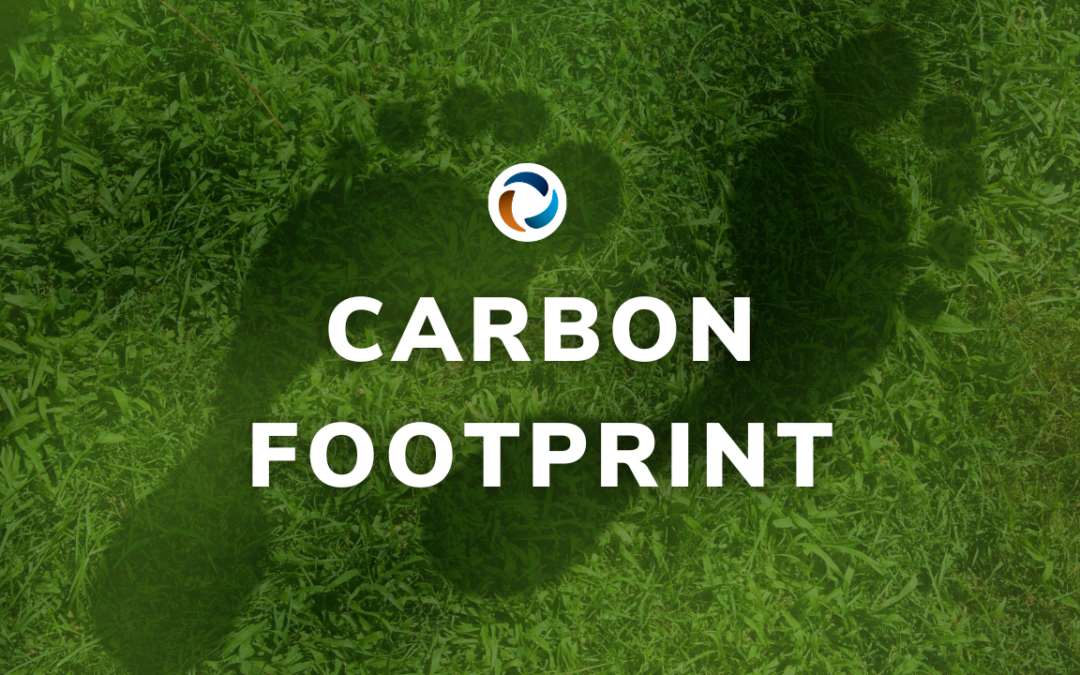Carbon Footprint
In today’s world, the need for sustainable living has become more pressing than ever before. One crucial aspect of our ecological footprint is what is referred to as our “carbon footprint.” In this blog post, we will explore what a carbon footprint is, how companies can reduce their carbon footprint, and sustainable innovation at Glenroy.
What is a Carbon Footprint?
A carbon footprint is the total amount of greenhouse gases, primarily carbon dioxide (CO2), emitted directly or indirectly by an individual, company, or product throughout its life cycle. In turn, the emissions contribute to crises such as global warming and climate change. Carbon footprints are measured in units of carbon dioxide equivalents (CO2e), which account for the different warming potentials of the various greenhouse gases.
How Companies can Reduce their Carbon Footprint
Big companies, due to their scale of operations and resource consumption, can have a significant impact on the world’s carbon footprint. Some ways in which large companies contribute to carbon emissions include manufacturing, energy consumption, product life cycle, and transportation. These companies also often have complex supply chains that involve multiple stages of production, transportation, and distribution. The manufacturing processes and the extraction of raw materials can result in substantial carbon emissions. Industries such as packaging, manufacturing, and construction contribute significantly to greenhouse gas emissions because they consume vast amounts of energy for their operations, including electricity, heating, and cooling. Many also rely on fossil fuels such as coal or natural gas to meet their energy needs and end up releasing significant amounts of CO2 into the atmosphere, contributing to climate change.
Also, shipping products to various locations, distributing goods, and managing a fleet of vehicles contributes to carbon emissions. Companies with extensive global supply chains may rely heavily on-air freight or long-haul transportation, which have higher carbon footprints compared to more sustainable alternatives. Improper waste management, such as sending waste to landfills instead of recycling or composting, can also result in the release of methane, as well as the disposal of electronic waste (e-waste) without proper recycling.
Interestingly, the carbon footprint of a company extends beyond its direct operations. It also includes the emissions associated with the entire life cycle of its products, including raw material extraction, manufacturing, transportation, product use, and disposal. Industries such as electronics, automotive, and fashion have substantial carbon footprints due to the energy-intensive manufacturing processes and short product life cycles.
Sustainable Innovation at Glenroy
At Glenroy, we are committed to reducing our carbon footprint with our TruRenu®, sustainable flexible packaging portfolio. To help our customers achieve their sustainability goals, the TruRenu® portfolio offers curbside recyclable, store drop-off recyclable, and post-consumer recycled (PCR) pouches and film. The newest addition to our TruRenu® portfolio is the recyclable STANDCAP, which is made of a 100% polyethylene structure. Compared to its rigid plastic alternatives, the recyclable STANDCAP uses 42% less fossil fuels, emits 52% less carbon emissions, uses 70% less water, and reduces landfill waste by 30% (even when factoring in plastic recycling rates)!
Did you know, 26 truckloads of unfilled glass jars are equal to 1 truckload of unfilled flexible pouches? Compared to other packaging formats, like rigid plastic and glass, flexible packaging allows you to ship more for less, which can help lower your carbon footprint as well.
Understanding and reducing our carbon footprint is an essential step towards achieving a more sustainable and environmentally responsible future. Carbon footprint encompasses the total greenhouse gas emissions produced throughout an individual’s, company, or product’s life cycle. Large companies play a significant role in contributing to carbon emissions through their manufacturing processes, energy consumption, transportation, and supply chains. Continuing to drive flexible packaging to be easily recycled and reused while striving for a circular economy continues to be the goal of our company and the packaging industry.

